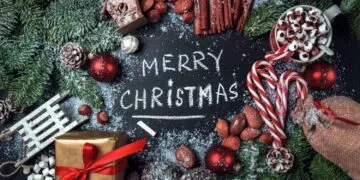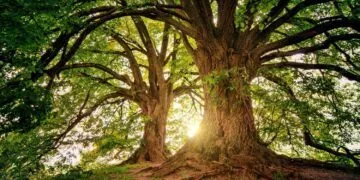Forget Christmas wreaths, mistletoe, and Christmas trees. We’re here to talk about the true icon of Christmas in North America – poinsettias!
This beautifully vibrant plant has graced our homes at Christmas for some time, but few people know how it got there. It certainly isn’t used back in Europe!
Read on to learn more about the history and beginnings of this uniquely North American Christmas symbol.
Poinsettias were originally from Mexico and Central America.
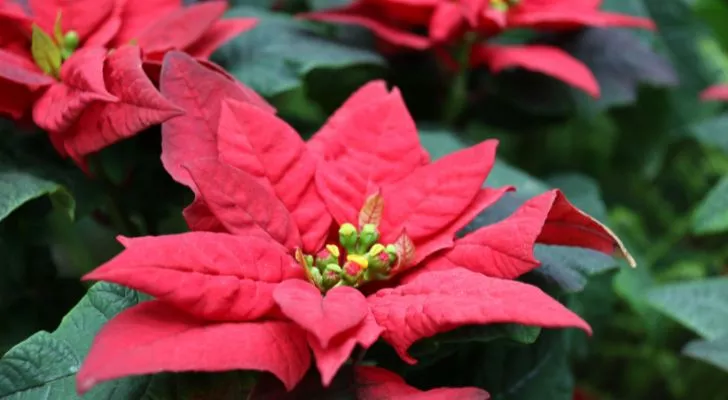
Poinsettias thrive best in tropical dry forests and were historically found within a vast stretch of North and Central America, from Mexico to Guatemala’s south.
Today they’re most commonly found on the Pacific Coast in hard-to-access canyons.
This may simply be because the more accessible habitats they usually grow well in are no longer suitable due to rampant deforestation.
The Aztecs used poinsettias.
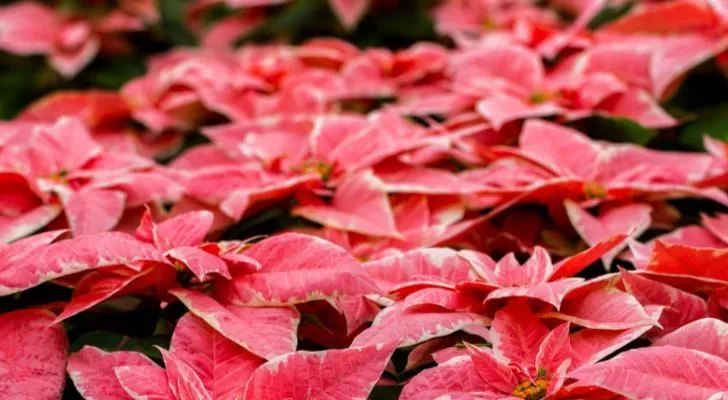
They were known as Cuetlaxochitl in Nahuatl, the Aztec language, which meant “the flower that grows in residues or soil.”
They served multiple purposes to the Aztecs, who used the red-colored leaves to make a vibrant dye, and the milky sap from the plant to reduce fever.
They were named after the first US Minister of Mexico.
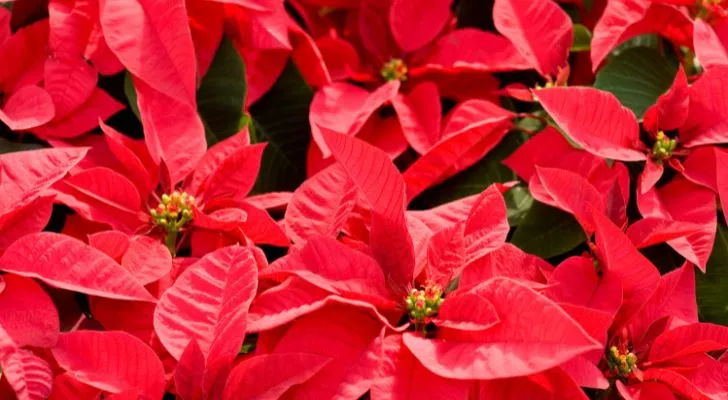
While Poinsettias already had a few names in Mexico, they were unknown in the US until Joel Roberts Poinsett sent some samples to his greenhouses in South Carolina.
Despite holding several notable titles and roles over the years, Poinsett is most famously known for cultivating this beautiful yet demanding plant.
When he shared specimens of a poinsettia with leading botanists worldwide, they couldn’t help but name it after him.
For a long time, poinsettias were considered to be highly toxic.
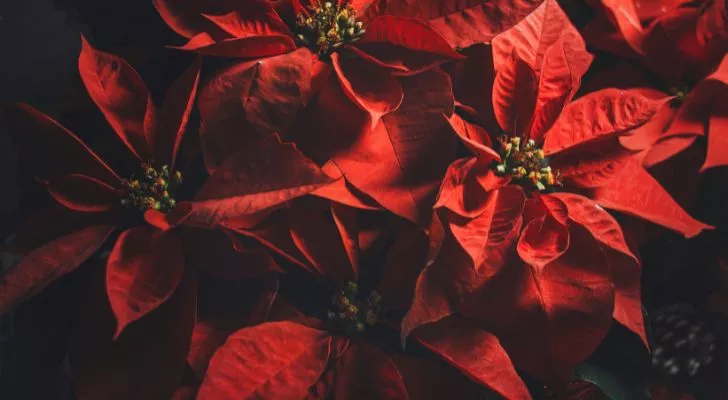
No one thought about poinsettias until 1919 when the seeds of an urban legend sprouted.
According to the myth, a two-year-old was fatally poisoned after eating a single poinsettia leaf.
It was later included in 1944 in a book on Hawaii’s poisonous plants, which is absurd considering it’s not even from Hawaii.
Despite this absurdity, the FDA published in 1970 that a single leaf could be fatal for children.
But this was later debunked thanks to proper tests conducted in the 90s that confirmed the plant was relatively harmless.
They grow much larger than you would expect!
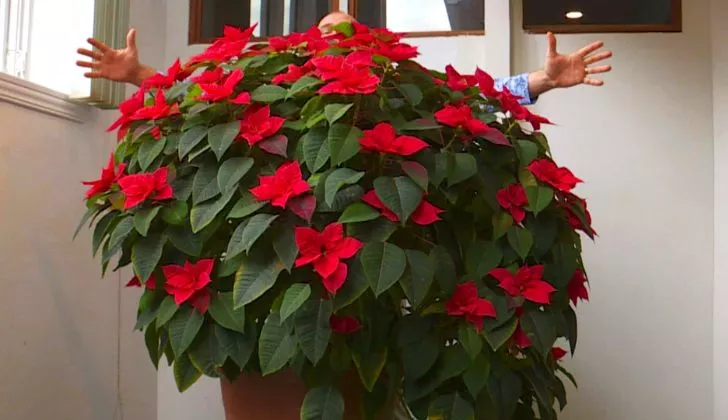
Poinsettias are rarely seen growing in the wild, at least in the US.
Most people see poinsettias as potted plants, and considering that they’re almost exclusively sold as such a small plant, we can’t really blame them!
When grown in the right conditions, however, poinsettias are more like a shrub or a small tree that can grow up to 13 feet (4 m) tall!
The most colorful parts of poinsettias aren’t actually their flowers.
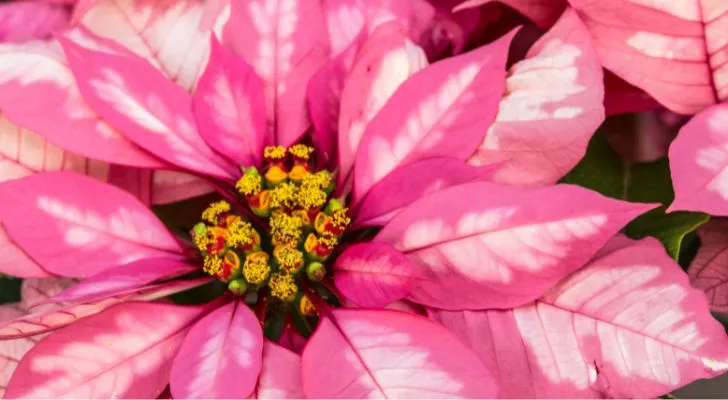
These highly contrasting parts of the plant are instead a type of leaf called a bract.
The flowers themselves are small, yellow, and found within the middle of the colorful bracts.
While the most commonly found poinsettias have red bracts, they also come in over a hundred different colors, including pink, white, and burgundy.
Poinsettias are associated with Christmas because of a Mexican folktale.
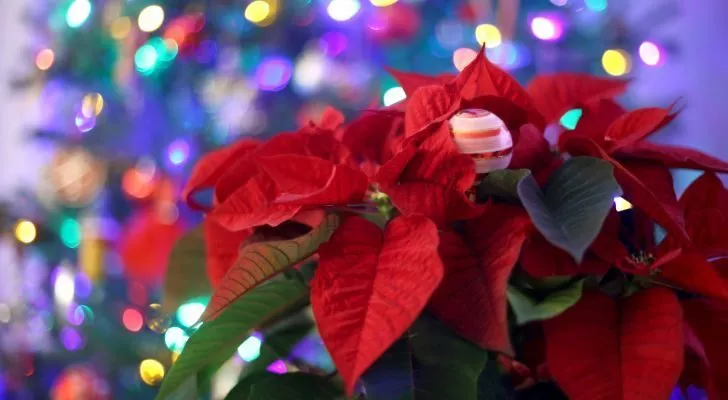
As the story goes, a young girl called Pepita didn’t have any money to buy flowers or a gift for the Christmas Eve service celebrating Jesus’ birthday.
She picked a bouquet of weeds to not show up empty-handed and brought them with her.
When she placed the weeds at the nativity scene, they miraculously sprouted beautiful red flowers and turned into poinsettias.
More than 70 million poinsettias are sold in the US every Christmas.
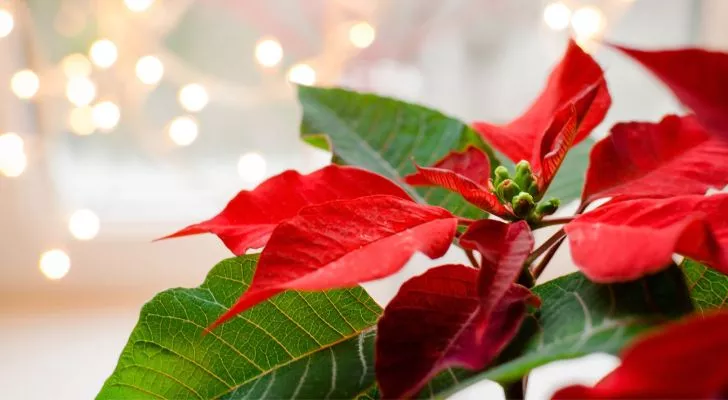
Most of these sales are made within six weeks of Christmas Day, bringing about $250 million to the US economy.
Despite only being popular during a short period of the year, they’re the most-sold flower in the US and Canada.
Seventy percent of all US poinsettias are grown by one company.
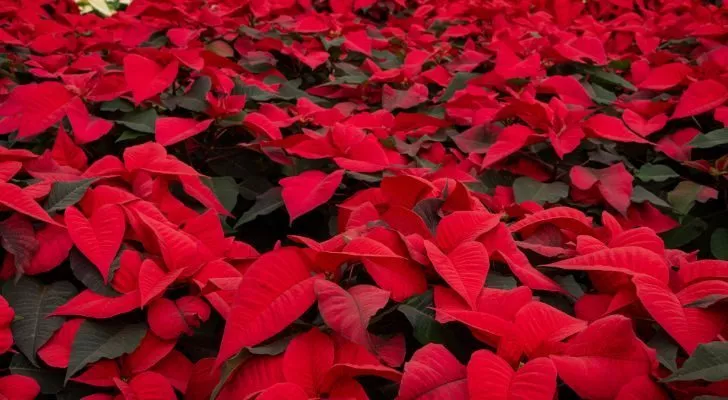
Up until the 1990s, Paul Ecke Ranch had an even greater market share, as they knew a secret technique to make poinsettias much bushier and denser.
A university student figured out the method and published it, so now companies worldwide can create prettier poinsettias.
Despite this setback, Paul Ecke Ranch still grows 50% of the world’s poinsettias.
National Poinsettia Day takes place every December 12.
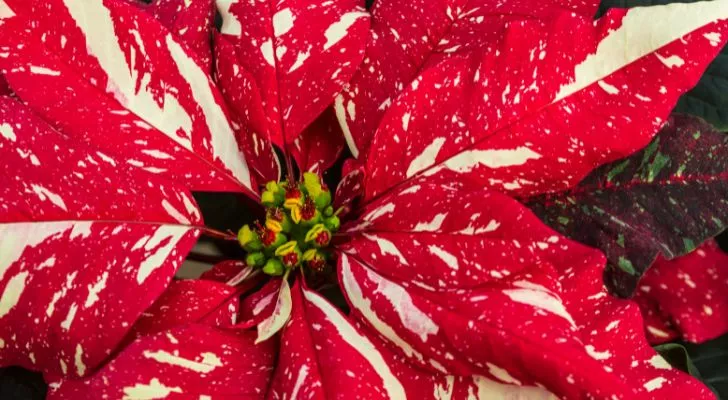
National Poinsettia Day was created to honor Joel Roberts Poinsett, who passed away on December 12, 1851.
As the man responsible for single-handedly introducing poinsettias to the US, it’s only fitting that National Poinsettia day is celebrated on this day.
A fantastic way to honor Poinsett is to get out and buy your Christmas poinsettia!
The poinsettia sure has a fascinating history for such a humble little plant!
The only question remaining is whether you’ll pick up a classically red poinsettia this Christmas or try something different for a change – there are so many varieties available these days!



